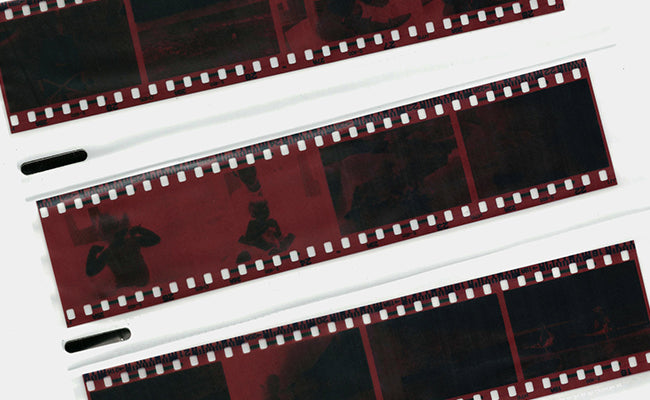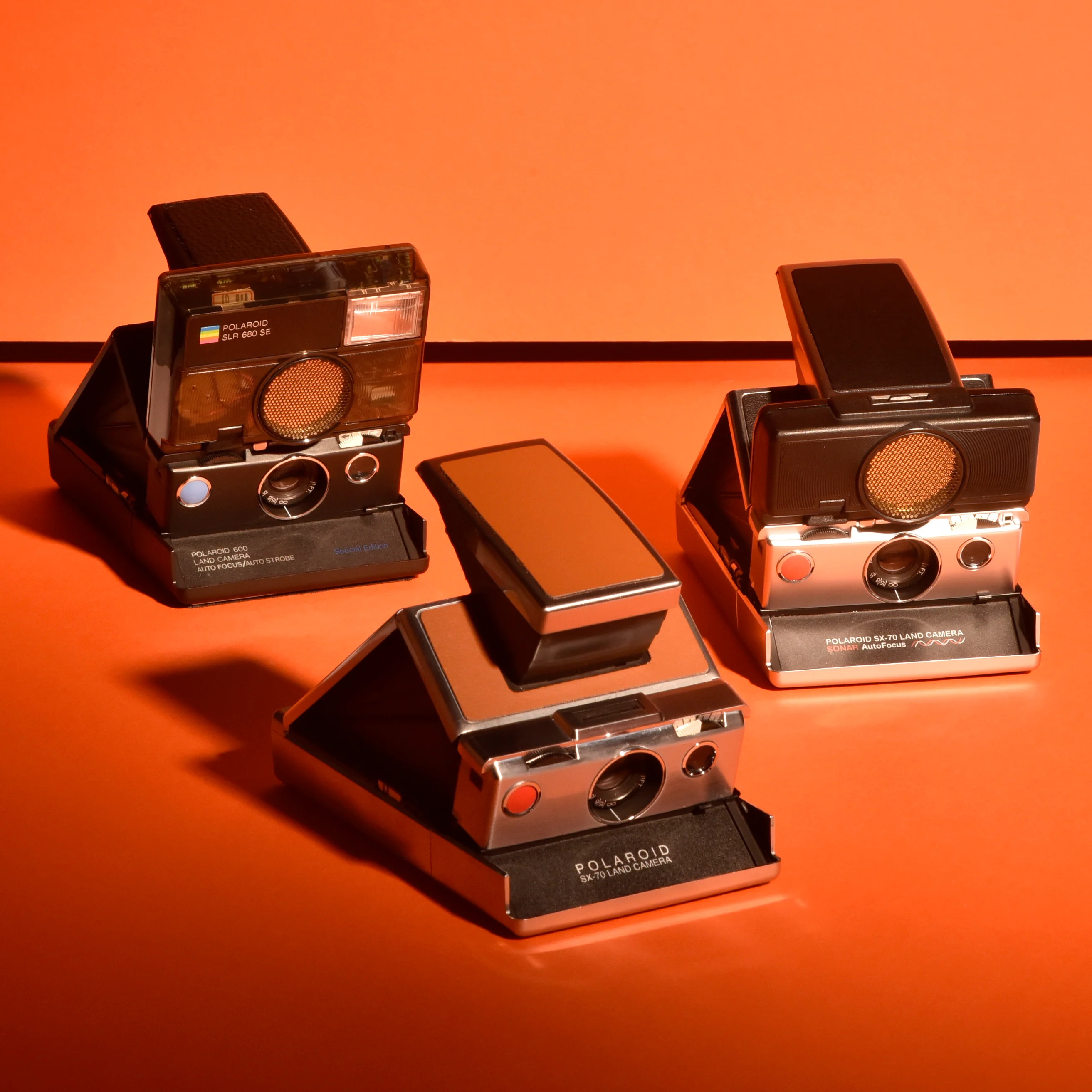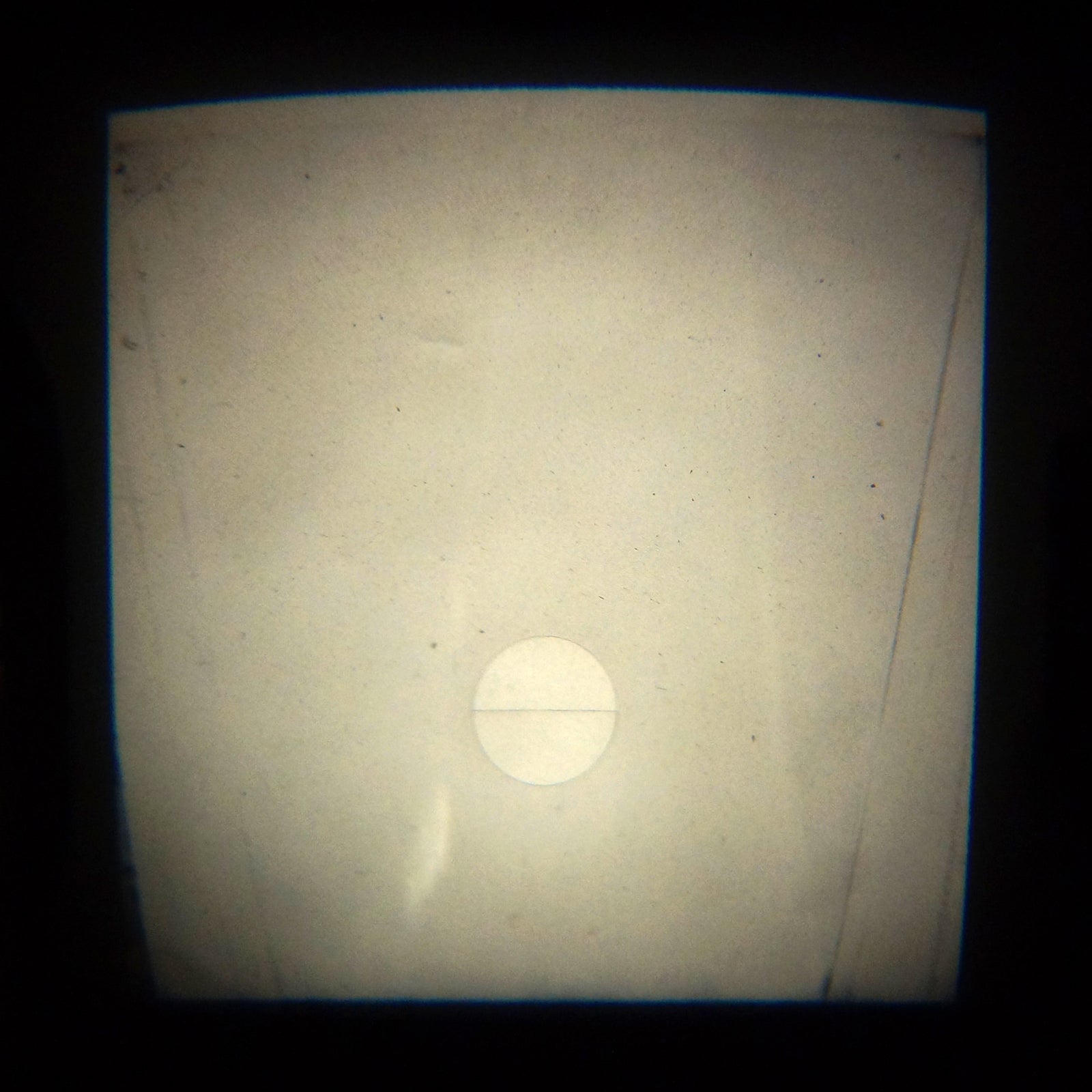What does it mean to convert my Polaroid SX-70 camera to 600 Film?

Originally Polaroid SX-70 and Polaroid 600 film had different chemical makeups to set them apart. A user may have chosen one over the other based on need or application. Specifically, many people loved SX-70 for it’s gelatin base components that allowed for post-exposure manipulation of the photo. Since production was restarted in 2008 by the Impossible Project (who would go on to become the Polaroid you know today), the chemical makeup of 600 and SX-70 film is now largely the same, leaving a slight variance in film speed as one of the remaining differences.
SX-70 has always been a bit more demanding than 600 film. Being slower speed film (SX-70’s 160ISO vs 600’s 640ISO) it requires external flashes or a longer exposure time which can result in burry images if taken without a tripod. As a faster film, 600 responds better in low-lighting conditions and may not require a flash or perfectly steady hand. With SX-70’s defining features removed, many people are beginning to explore 600 film — and all of its advantages — as an alternative option to fuel their SX-70 cameras.
Because it’s really all about the cameras. While the SX-70 film stock may not be the same as it once was, the cameras meant to shoot it are still some of the finest devices in the world of instant photography. Even after nearly 50 years, Polaroid’s SX-70 folding cameras offer excellent focusing, unique depth of field and exposure control unmatched by other instant camera models. Except for the increasingly rare SLR 680 and 690, these features weren’t seen in the 600 camera line, which makes converting a camera from SX-70 to 600 an attractive proposition. It combines the best of both worlds — 600’s flexibility with the enhanced features of a folding SX-70 camera.
Can I shoot 600 film in my SX-70 without a conversion?
You can, but it’s not the optimal experience. The simplest way by far is to just use a neutral density (ND) filter. These can be found online for about $15 and are installed directly on top of a film pack. The problem with ND filters is that they only change the film’s sensitivity but do nothing to the camera’s shutter speed. As a result, the camera will still perform poorly in low lighting scenarios without a tripod or a flash, and you may end up disappointed with blurry photos of your most precious moments. There are also ND filters available that are installed over the lens of an SX-70 camera. These will have the same outcome as the ND filters above — it will change the film sensitivity but not the shutter speed, resulting in the potential for blurry images in low-light.
Another conversion that sometimes comes up is the electric eye filter 600 conversion (the electric eye is the sensor to the right of the lens when you’re looking at the camera). It’s more of a hack than a true conversion, executed by removing the original electric eye filter in the camera and replacing it with a completely clear filter or nothing at all (which we recommend never doing as it greatly increases the chance debris, moisture or other contaminants will find a way inside your camera). The idea behind it is that messing with the eye and then cranking the exposure dial will trick the camera into a faster shutter speed more appropriate for 600 film. Unfortunately it can be both highly inaccurate, due to variances in old photo diodes, and also compromise, or completely remove, the ability to calibrate for different lighting situations with the exposure dial.

How Retrospekt’s 600 conversions work
So what makes Retrospekt’s 600 conversion different from anyone else's? We certainly can’t say we’ve had the opportunity to review what everyone out in the world is doing in regards to SX-70 to 600 conversion services. However, we can say what we know about our process and what sets it apart.
At its core, our process relies on recalibrating how the camera reads light. On the surface the conversion process itself is not super difficult — assuming one has all the right parts, knows how to take apart and reassemble a camera and possesses good soldering skills. However, all cameras age differently. No two are exactly alike and, with decades of history behind them, the condition of their internal parts can vary dramatically from camera to camera. Most important of these parts is the light sensitive photodiode which controls the exposure. Since the conversion to 600 film requires changes to the camera’s hard-coded circuitry, it is essential to know how the photodiode is currently functioning in each specific camera at the time the conversion is made. We can’t solely rely on Polaroid’s specifications from what it was supposed to be in the 70s. To do this correctly, the appropriate test equipment needs to be available for the technician.
To solve this problem, we have developed our own proprietary test equipment that allows us to get the exact hardwired parameters even if they have been altered due to oxidation of the photodiode. We then map these numeric values against conversion tables and matrices we have created with years of data compiled from over 10,000 SX-70 cameras. In this regard, the data and experience we have to draw from is simply unmatched.
Without this equipment or data, someone performing a similar service has to rely largely on guess and check work. An adjustment is made, a picture is taken, the photo develops and is analyzed, and the whole process starts again. This process continues repeatedly until the final image is dialed in to acceptable standards. Unfortunately, the constraints of time and film cost may cause those using this guess and check method to pass off close-enough as a fully-calibrated final product. The guess and check method also brings with it two other potential pitfalls: test film quality and personal subjectivity. Every batch of film from Polaroid is slightly different. While most of the time the variance should be negligible, this method could potentially cause a camera to be calibrated to an exposure balance that isn’t completely neutral. It’s also important to take subjectivity out of the equation. If we only had an in-person verification, then outcomes could change from technician to technician based on preference rather than on numeric and visual parameters.
Some of these variables may be okay if you are doing the work yourself and you have the time and don’t mind spending the money for film to burn through when testing. However, if you pay a company to do this work, you want to know your camera isn’t being calibrated based on one person’s idea of a proper, middle-of-the-line exposure.
As part of our process, we do both. We trust our equipment to get us to where we need to be, but we always make sure everything is working with a final film test verified by our technicians.
Can I shoot both 600 and SX-70 film after the conversion?
People often ask, “is your SX-70 to 600 conversion service a permanent conversion or will the camera be able to switch between 600 and SX-70.” The short answer is no, the conversion is a change to the camera’s hard-coded photo sensor. It’s a semi-permanent service (it’ll last indefinitely unless you have it converted back) requiring the camera to be taken apart by a camera technician who will swap some circuits and then use proprietary timing equipment to change the shutter speed of the camera to accurately shoot 600 film.
Why is converting to 600 better than using filters?
Simply put, filters make 600 film behave like SX-70 film, conversion makes SX-70 cameras behave like 600 cameras. While filters only change the film sensitivity, the hard-coded 600 conversion changes the exposure characteristics while returning the camera’s default exposure to a neutral baseline. This allows the user to engage the camera in more free form, hand held use without as much dependence on a tripod or flash bars.

In my personal opinion, the best photos I have seen with the folding SLR cameras are when the photographer takes advantage of ambient light and avoids flash bars, which tend to blacken the background and minimize the beautiful depth of field one would otherwise have with ambient lighting only (this is one of the key features that set SX-70 folding cameras apart from almost all production 600 models). There is certainly something beautiful and charming about setting up a camera on a tripod and composing a photo just right, but with four adorable nieces to photograph all the time I want something handheld and simple. Because of that, my 600 converted sonar folding camera will remain my tried and true choice.
Interested in camera conversion? We offer a stand-alone SX-70 to 600 conversion service for Polaroid folding cameras. For cameras needing a little more love, we also have a full repair/refurbish service to convert your camera to 600 while making other repairs that can bring even non-functional cameras back to working order.
Looking to explore 600 folding cameras for the first time? All of our folding SX-70 cameras have an option to upgrade to 600 format which can be selected in the product listings.

By Adam Fuerst
Co-Owner | Retrospekt
Adam started Retrospekt with his wife Kori many a year ago when a casual fascination with haunting thrift stores for vintage Polaroid products blossomed into a full-blown obsession with all things retro tech. He is the cultivator of all our wildest ideas.







